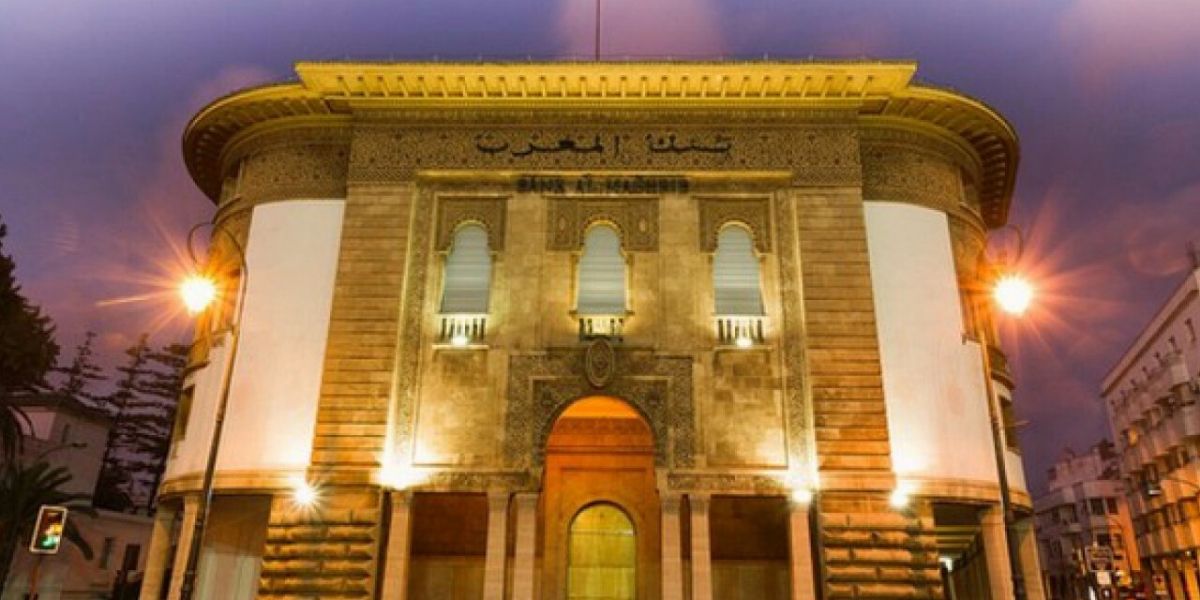In a significant and much-anticipated move, Bank Al-Maghrib (BAM) has reduced its key interest rate by 25 basis points. This strategic decision reflects the governor’s commitment to a macroprudential approach focused on three main objectives: controlling inflation, maintaining the stability of the dirham, and supporting private investment.
Global economic context
This rate cut occurs amidst a global economic backdrop characterized by a slight deceleration in inflation and moderate liquidity injections in both the Eurozone and the United States. The near parity between the euro and the dollar, coupled with a favorable trade balance for the U.S., has a neutral impact on Moroccan exports and imports, neither benefiting nor hindering the country’s trade dynamics.
Impact on households and businesses
The reduction in the key interest rate is expected to encourage households and businesses to seek investment credit, potentially boosting consumption, real estate acquisitions, household equipment purchases, and consumer credit. However, the immediate impact on banking credit rates will not be seen for 6 to 8 months, affecting both short-term and long-term rates.
Economic ramifications
While the link between monetary creation, economic growth, and unemployment reduction remains tenuous, low-cost currency in a period of disinflation tends to have a trickle-down effect on the economy, though its impact may vary.
Subsidy reform: Targeted aid distribution
An essential aspect of the government’s fiscal policy involves the rationalization of butane gas subsidies. The government aims to make subsidies more targeted, directly benefiting the recipients. Under this plan, 3.6 million Moroccans will receive direct aid amounting to 25 billion dirhams, enabling the state to save at least 12.7 billion dirhams.
Monetary and fiscal policy: Harmonious objectives
There is no inherent conflict between the monetary easing policy and the restrictive fiscal policy. Both are designed to act on aggregate demand rather than supply, which falls under industrial strategies and the capacity to develop a surplus economic model in exported goods and services.
In the Moroccan context, an expansionary monetary policy could lead to inflation without job creation, while an expansionary fiscal policy might increase public debt and budget deficits unsustainably. Therefore, a reevaluation of the economic model in line with the systemic recommendations of the New Development Model is essential.
